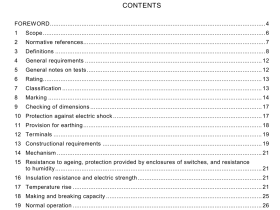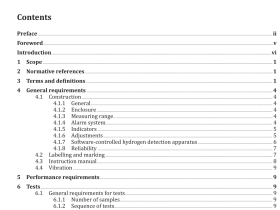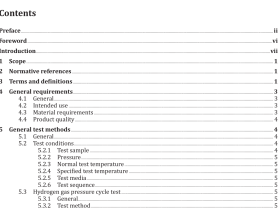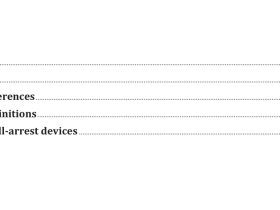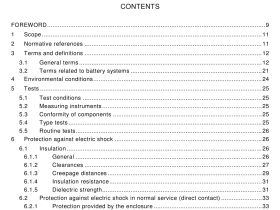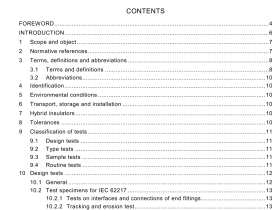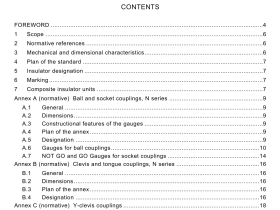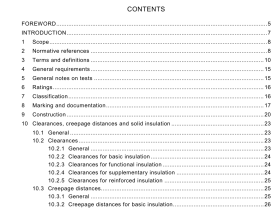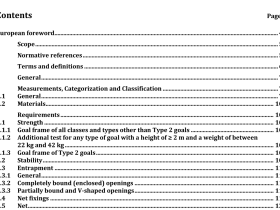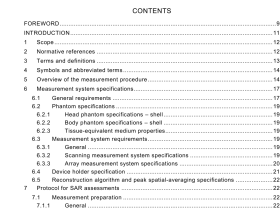AS 1289.6.2.2 pdf download
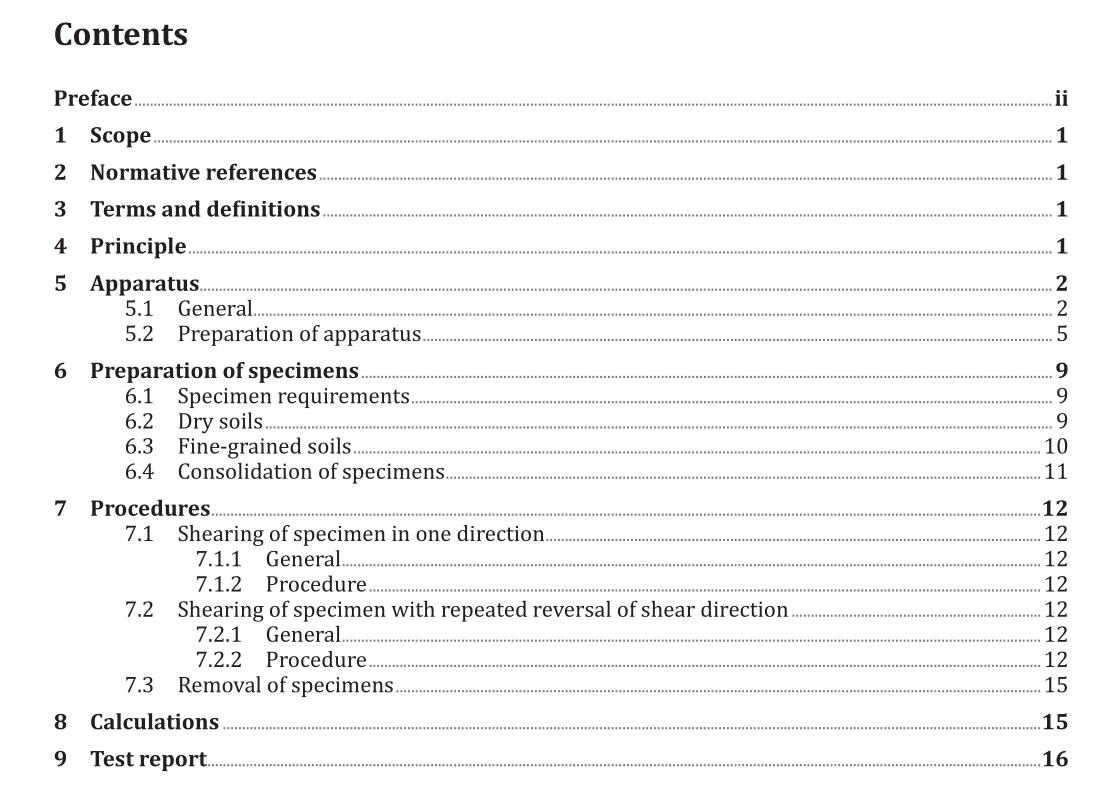
AS 1289.6.2.2 pdf download.Methods of testing soils for engineering purposes
4 Principle
A predetermined normal stress is applied under one-dimensional conditions, allowing sufficient time for any consolidation or creep to occur and then shearing the soil by displacing one half of a shear box relative to the other. Interpretation of the shearing stage of the test assumes that the soil is drained and the displacement rate is chosen so that it is slow enough to ensure fully drained behaviour. Shear boxes used allow for either circular or square specimens, with the maximum length of specimen in the direction of shearing varying from 50 mm to 300 mm. Specimens are either tested in their natural (undisturbed) state or can be prepared by remoulding or reconstitution directly in a shear box. Different procedures for different soil types are specified.
5 Apparatus
5.1 General The following apparatus is required: (a) A shear box consisting of two separate halves which can be moved relative to each other to enable shearing a soil sample along a predetermined plane. Boxes shall be constructed of non-corrosive material such as brass. The shear box shall be designed so that the soil sample can be subjected to a normal stress applied perpendicular to the plane of shearing. Where drainage is required, the design shall also allow porous plates (these could be either stone, ceramic or sintered bronze) to be placed above and below the soil specimen. The load shall be applied through a loading cap which rests on top of the soil specimen and upper porous plate, if used. NOTE 1 A schematic design of a typical shear box is shown in Figure 1.
(b) An outer box or carriage (running on ball or roller races) in which the shear box can be placed so that the specimen can be totally submerged in water. (c) A motorized worm drive unit, capable of pushing or pulling at the level of the shear plane in such a way that the bottom half of the shear box moves relative to the top half. The speed at which the worm drive shears the soil shall be adjustable, typically by using a gear box, so that a range of shearing speeds can be attained. For soil specimens where consolidation is not rapid, the shearing speeds shall be calculated using the equations given in Clause 6. The selected displacement rate shall not vary by more than ± 10 % during the test. (d) A loading frame arranged so that the points of load application between the worm drive and the bottom frame and of the reaction between the proving ring (or load cell) and the upper half of the box shall be in the plane of shearing.(e) A mechanism for applying the normal force, typically a hanger loaded by dead weights, either directly or through a lever system, or a hydraulic/pneumatic loading system. The load shall be applied centrally to the loading cap through a ball bearing in a spherical seating. The normal load shall remain constant during shearing and be applied with an accuracy of 1 %. (f) A device for measuring the shear force applied to the specimen. This device shall consist of a load cell or proving ring providing an accuracy of 1 % of the shear load at failure mounted between the loading frame and the upper half of the shear box, with a gauge or electrical output from which the load can be obtained after calibration. (g) A device to measure the horizontal displacement of the lower half of the box with respect to the upper half of the box. If the displacement of the carriage is measured relative to the loading frame, then corrections will need to be made to allow for any compression in the shear force measuring mechanism. The device shall have an allowable travel length of at least 15 % of the specimen length, a resolution of 0.01 mm and be accurate to at least 0.05 mm. (h) A device to measure the vertical displacement of the loading cap. The device shall have an allowable travel length of at least 10 % of the sample height, a resolution of 0.001 mm and be accurate to at least 0.005 mm.
